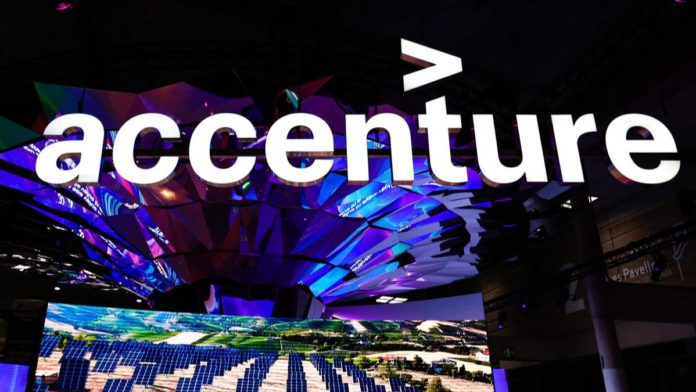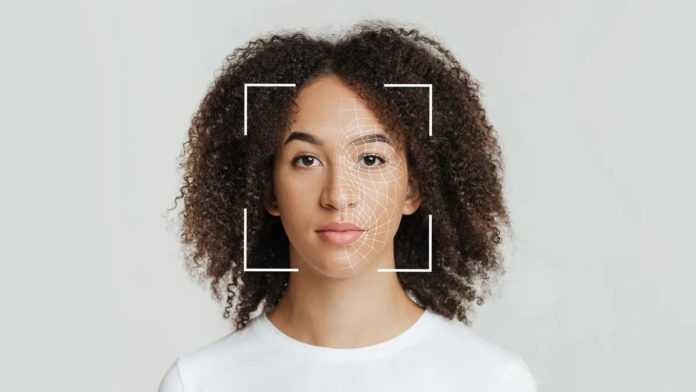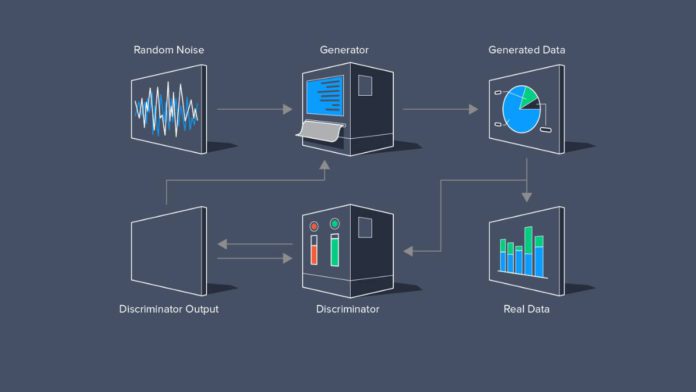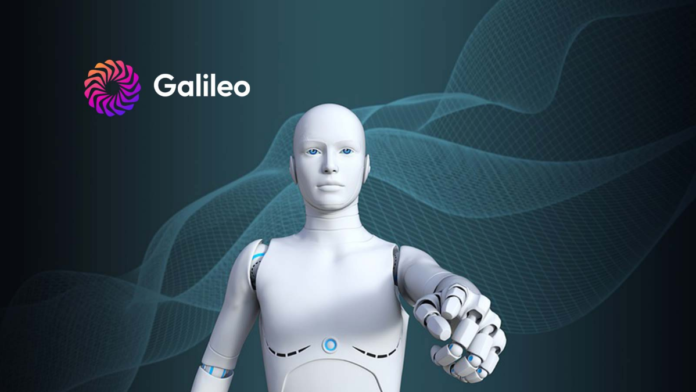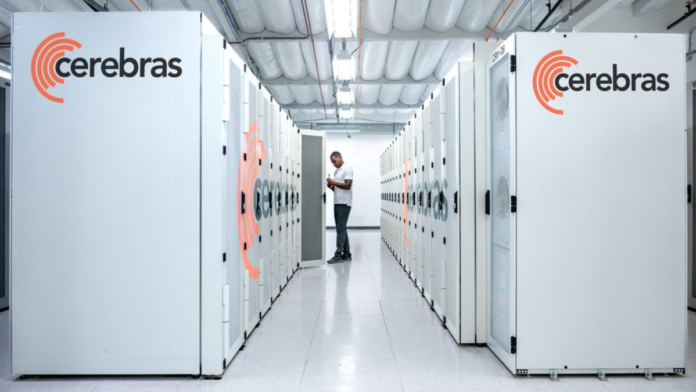Nowadays, many business owners have a site for their products or service. However, poor website design would lead bad impression for the website viewers, and it causes businesses to lose customers and money. That’s why we are going to explain these 13 mistakes in the design of your website.
Avoid these 13 mistakes when designing your website
1. You’d rather avoid justified text
Justifying the texts is one of the mistakes made on many web pages, thinking that it is usually done quite a bit in print. However, in the digital world, it is not so appropriate. Why? Justified texts cause readability problems for the user. Although an editor can correct this in paper format manually, on the web, this is not the case. Better avoid it!
2. Use of capital letters that bother
The texts in capital letters attract more attention, it is true, and that is why they are sometimes used to highlight some headers on the web. But beware! If there are too many words in capital letters, in the end, you are not highlighting anything, and then you can do your website a disservice by creating an effect that makes it difficult to read.
Also, READING IN CAPITAL LETTERS IS UNCOMFORTABLE. The truth is that it gives a little sensation that they are yelling at you. So, keep this in mind: don’t capitalize long paragraphs that span multiple lines or no one will want to read them.
3. Impossible-to-read fonts
Although it is not one of the most common errors, we still see websites that use fonts that are far from comfortable for the user. For example,” script” or “hand draw” typefaces are not very reader-friendly. They can be used in your website logo, headers or subheaders, but it is not recommended for web text.
And it is not only the typography that makes a text readable. The size is also important. According to Google, the recommended minimum size for text is 16px. This will also depend on the font type, but the ideal knows how to find a balance if you want users to be safe.
4. Creepy Color Scheme
This type of failure, on the contrary, is one of the most common. If you need a designer to create your website, it is more common for this to happen since there is no professional behind it to ensure that the color scheme is consistent and provides a good user experience. Although without a designer, it is already something that could be detected, so you can judge for yourself if those colors hinder your browsing experience or if they give you a bad feeling.
Even so, disasters are normal if you do not have a web design professional. And, if you want to get away from the typical white background and black text, try to make the contrast strong enough so that the readability of the text is not affected. Do not put a red background unless you want to scare the user.
5. Complex navigation that loses you along the way
That the navigation of your web page is simple and intuitive is a crucial factor for the user experience. The user must manage to get to what he is looking for with the least number of clicks possible.
You probably won’t have this problem if your web page is small. However, it is more common for navigation to become more complex on websites with many services and products or a blog with many categories.
For example, if you have different pages: about us, our values, our mission. They could all be combined on the “About Us” page. Thus, you would reduce the number of items in the menu, gather pages that share a common theme (about us), and still have an adequate number of levels.
On some occasions, this will do your website a great favor by providing a logical content structure, and obviously, you will also do the user a great favor. In others, it will be necessary to make a separation, and you will not be able to resort to this. But, of course, if each of these pages only has a couple of paragraphs, it is better to combine them into one.
6. The overwhelming use of white space
Trying to highlight all the services, products and offers in the same space to try to ensure that the user who enters does not miss anything is far from achieving what you want. What this does rather is saturating the user with too much information. It is much better to whitespace your website content to make it easier for the user to focus on a clear call to action. In addition, it will give a respite session by finding blank spaces that make you rest from the content.
7. Endless blocks of text
As we said before, writing on a website doesn’t have much to do with a Word document. Neither kilometric paragraphs nor justified text. You just have to think that if a text can be long on a desktop or on mobile, it could be twice as long. And yes, currently, more websites are viewed from mobile devices than on desktops.
8. Pages that do not contribute anything
I have come across many web pages with sections in which the content is two paragraphs or just an image that does not add anything of value. You have to review your website and see if there are sections that you can perhaps combine or eliminate in case they do not add value to the user. In this way, you improve web browsing, reduce the number of pages that Google has to track, and generally improve the user experience.
9. Creepy use of H tags
Not using the <h1> tag, placing several <h1>s on a single page, not using a well-structured <h2> or <h3> to the <h2>s, using headings for the style they have, without taking into account the SEO on Page, etc. Misusing H tags will harm the positioning of your website and will make the user feel lost because there will be no coherence in the text they are reading.
10. Lurid colors that make you want to scream
Avoid using colors that are too strong or too light so as not to make reading difficult for the user. For plain text and headers, it is best to use black or dark gray shades. It’s okay if you want to highlight a word in color but try to make it just that.
11. Not responsive content for other devices
It is essential to make sure that all the pages of your website look good on mobile. As we said before, viewing websites from a mobile format is now more common than doing it on a desktop. It is much faster to make a query from your mobile, which you probably have very close, than from a computer. Therefore, it is critical to design for mobile, even more than for desktop.
12. Images that weigh too much
Without a doubt, one of the most common mistakes is remembering to optimize images. Its resolution and weight play a very important role on your website since heavy images are one of the things that most affect the loading speed and one of the most critical factors in the user experience. Nobody waits much more than 3 seconds. If a website does not load all the content, it is easier to go out and find another website that does. What experience are you providing?
13. Contact details that live hidden
Does this happen normally? Well, yes, even if you think it’s something strange to see, because who wouldn’t want to have the contact visible? The contact information on your website must be easy to locate, especially if you offer urgent services. Therefore, the idea is that the user always has a way to contact you, either by phone or email, just one click away.
Conclusion
Now you can put all these info into practice with your website, right? Try not to make any of these catastrophic mistakes. Otherwise, you will suffer the consequences of the positioning of your website!






